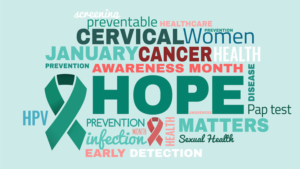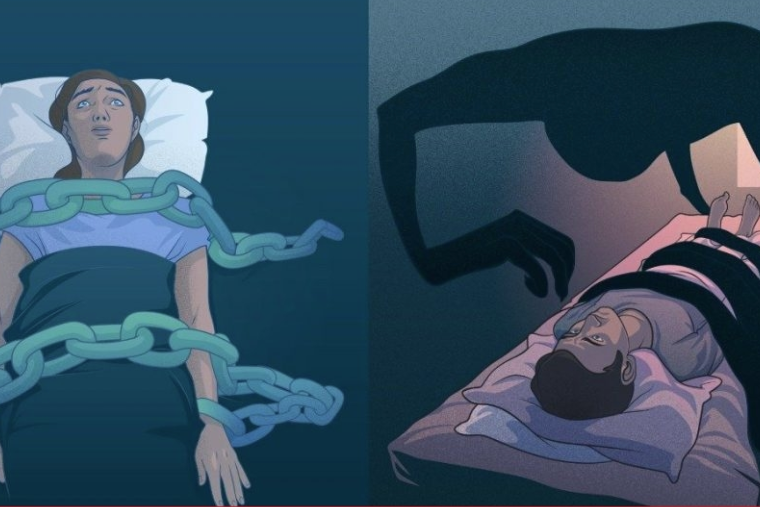Cancer of the cervix is a type of cancer that affects the lower section of the uterus that attaches to the vagina. This part of the uterus is known as the cervix. It is a terrible disease that affects thousands of women each year, and it is the fourth most frequent kind of cancer in women all over the world. Cervical cancer, on the other hand, is one of the most preventable types of cancer, and finding and treating it early can help save lives. Symptoms of cervical cancer can include abnormal vaginal bleeding, pain during intercourse, and pelvic pain, which may not manifest until the disease has advanced.
HPV, which stands for “human papillomavirus,” is an infection that can be spread sexually and is said to be one of the main causes of cervical cancer. It is believed that almost all sexually active people will become infected with HPV at some point in their lives because the virus is so widespread and easy to contract. However, not every strain of HPV is associated with an increased risk of cervical cancer. HPV 16 and HPV 18 are the forms of the human papillomavirus (HPV) that are most often linked to cervical cancer.
Vaccination against HPV is the most effective method now available for preventing cervical cancer. The HPV vaccine is both safe and effective, and it can protect against the most common types of HPV that are linked to cervical cancer. Even though the HPV vaccine is usually given to children and teens between the ages of 11 and 12, adults can also get it.

It consists of a number of injections that are spread out over the course of a year. Before a person has sexual contact, it is strongly suggested that they get the vaccine. However, the vaccine can still provide some protection against other kinds of the virus and help prevent future HPV-related cancers, even if someone has already been exposed to HPV.
Getting Pap smears on a regular basis is another essential measure to take in the fight against cervical cancer. A simple test called a Pap smear can find abnormal cells on the cervix before they become cancer. The American College of Obstetricians and Gynecologists recommends that women begin receiving regular Pap smears at the age of 21 and that they should continue to get checked every three years until the age of 29. After age 29, women should continue to get examined once every five years. It is recommended that women obtain either a Pap smear and an HPV test together every 5 years or simply the HPV test every 5 years if they are between the ages of 30 and 65. Women over 65 who have had regular Pap smears in the last 10 years and found nothing wrong with them do not need to keep getting screened.
With the above preventive steps, women can also make changes to their lives to lower their risk of getting cervical cancer. These consist of:
- Not smoking
- Condom usage during sexual activity
- Limiting the number of sexual partners
- Keeping a healthy weight and diet
Cervical cancer is a deadly disease, yet it is also one of the most preventable cancers. Women can protect themselves from this disease by getting the HPV vaccine, getting regular Pap smears, and living a healthy lifestyle.
One HPV vaccine (Gardasil) is recommended for boys. This vaccine can help prevent boys from getting infected with the HPV types that can cause cancers of the mouth and throat, penis, and anus, as well as genital warts.
Cervical cancer is one of the main causes of cancer-related deaths in women worldwide, especially in low- and middle-income countries. Poverty, lack of healthcare, and discrimination are social determinants of health that contribute to the disproportionate impact on Black, Indigenous, and People of Color (BIPOC) communities.
It’s highly recommended that you speak with your healthcare provider; they will be able to give you all the information you need, answer any questions you might have, and help you schedule the vaccine.
Learn more from our interview with Dr. Adeola Awujoola (Resident Physician): on YouTube or on your podcast platforms (Metamorphosis with Tobi)– Apple Podcast. Google Podcast. Spotify
Image credit: Loma Linda University Health
References
- Centers for Disease Control and Prevention, “HPV Vaccines” (2021)
- American College of Obstetricians and Gynecologists, “Cervical Cancer Screening” (2021)
- American Cancer Society, “Cervical Cancer Early Detection, Diagnosis, and Staging” (2021)
- “The Impact of Social Determinants of Health on Cervical Cancer Outcomes” by the American Cancer Society



